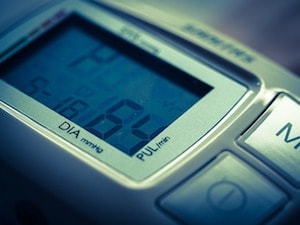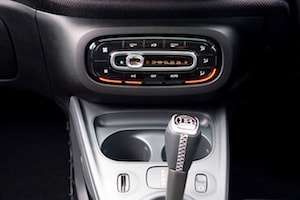Product engineers and electrical engineers have many choices when it comes to switch technology for their products. The switch is the component that breaks an electrical circuit and either interrupts the current or diverts it from one conductor to another. Typical switches include capacitive switches, mechanical switches, and membrane switches. Engineers also choose from flexible and rigid membrane switch assemblies (including silver flex membrane, PCB membrane switches, and copper flex membrane switches), continuous scrolling and sliding switches with low actuation force technologies, and technologies for rugged environments such as piezoelectric keypads.
Product engineers and electrical engineers use certain criteria for selecting the right switch technology for their products. Often, they choose switches based on the application, aesthetics, and feel that are required for manufacturing custom components and products. The various features and benefits of each type of switch also play a role in helping product designers and engineers determine which to use for their product. Considerations to make when choosing a switch technology for your product should include:
- The intended use of the product
- The environment in which the product will be used
- The aesthetic value of the switch
Continue reading to learn more about the criteria for selecting the right switch technology for your product.
1. Consider the Intended Use of the Product
Products have a range of intended uses, and understanding which type of switch is better suited for each application will guide product designers and engineers to select the appropriate switch for their project.
For example, if your product is a medical device or instrument, you 
2. Consider the Environment in Which the Product will be Used
Products requiring switch technology are used in a wide variety of environments. This means that some products will need switches that can stand up to rugged conditions while others will need switches that can withstand liquids. Some switches are better suited to certain environments than others, so product designers and engineers should take those considerations to heart when choosing the right switch technology for their product.
Products often are at risk of being damaged by water or chemical spills. If you want your product to function in environments that will subject it to liquid, you should choose a membrane switch. Membrane switches can be sealed with a full-perimeter seal or gasket. The proper design and material choices will protect your switch and product from liquid spills, especially because the switch and the enclosure to which it is mounted can be sealed. The result is the sealed membrane switch provides high-visible status indication via low-profile surface-mounted LEDs.
If your product will be subjected to harsh environments with exposure to sunlight and UV rays, harsh chemicals or solvents, dust and debris, extreme humidity, or extreme temperatures, you should consider using piezoelectric keypads. Leading piezoelectric keypads are sensitive enough to detect key presses through thicker than average graphic overlays including Metalphoto® anodized aluminum, etched stainless steel, thick acrylic, and glass. Thus, products featuring these piezo keypads can withstand harsh, rugged, and abusive environments such as those for oil and gas equipment, self-service kiosks, food processing plant machinery, and vending machines.
3. Consider the Aesthetic Value of the Switch
Most traditional mechanical switches like membrane and tactile switches are typical choices for a variety of products. But, if you are producing appliances or products that lend themselves to elegant 
Touch controls are an appropriate choice when designers and engineers want to enhance the high-tech appearance of smart appliances. Leading touch switches employ unique membrane switch technology that creates the feel of capacitive touch switches but are available for a portion of the cost. Patented touch switches give designers greater flexibility and allow them to design to the limits of their imagination while gaining a competitive advantage for the look and feel of their finished product.
Engineers and designers also appreciate touch switches because they simplify interface construction and assembly in addition to creating a more high-tech, modern aesthetic. Capacitive touch sensors may be deposited on glass or plastic using screen printing, which gives designers the option of creating a variety of button, slider, and circular shapes and selectors. Backlighting also is easy to include in the design of a touch switch. Because touch switches do not require panel cut-outs and can be sealed to protect against liquids, they are ideal for products such as coffee machines and dishwashers.
Product designers and engineers, along with electronic designers and engineers, have several switch technologies to choose from then creating their products. Among the considerations to keep in mind are the features of each type of switch, the intended use of the product, the environment in which the product will be used, and the aesthetic value of the various switches. Of course, designers and engineers want their switches to be as durable and responsive as possible so that people enjoy using their products without becoming frustrated by them.
Images via Pixabay by TBIT and MikesPhotos

